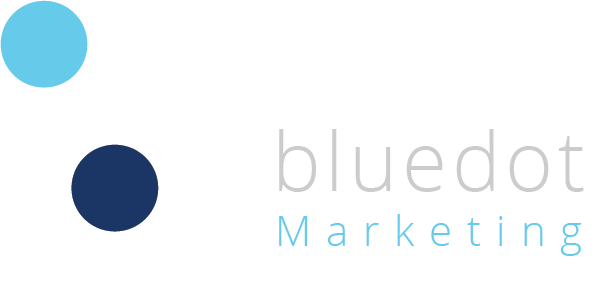Dark mode has emerged as a popular design trend in recent years, offering users a sleek and visually pleasing alternative to traditional light-themed interfaces. Beyond its aesthetic appeal, dark mode also presents numerous benefits regarding user comfort and energy efficiency. As a digital marketing agency at the forefront of web design trends, we recognize the importance of optimizing websites for dark mode to enhance user experience and meet evolving consumer preferences. In this article, we’ll explore the significance of dark mode optimization and provide practical tips for implementing it effectively.
Understanding Dark Mode
Dark mode, also known as night mode or dark theme, flips the traditional colour scheme of a website, replacing light backgrounds with darker hues and light text with brighter colours. This design choice reduces the overall brightness of the interface and minimizes blue light emission, which can cause eye strain and disrupt sleep patterns, particularly in low-light environments. Additionally, dark mode can prolong battery life and conserve energy on devices with OLED or AMOLED displays, as black pixels consume less power than white ones.
Benefits of Dark Mode Optimization
Enhanced User Comfort: Dark mode reduces eye strain and fatigue, particularly during prolonged browsing or dimly lit environments. By minimizing glare and providing better contrast between text and background elements, dark mode enhances readability and ensures users a more comfortable browsing experience.
Improved Accessibility: Dark mode can benefit users with visual impairments or sensitivity to bright light conditions. The higher contrast and reduced brightness levels in dark mode make content more accessible and easier to perceive, enhancing usability for individuals with visual disabilities.
Energy Efficiency: Dark mode optimization enhances user experience, contributes to energy conservation, and extends battery life on mobile devices. By displaying predominantly black backgrounds, dark mode reduces the power consumption of OLED and AMOLED displays, resulting in lower energy usage and increased device efficiency.
Practical Tips for Dark Mode Optimization
Design with Contrast in Mind: When designing for dark mode, prioritize contrast to ensure readability and visibility of content. Use the light text on dark backgrounds and avoid colour combinations that may cause strain or confusion for users.
Adapt Interface Elements: Adjust the colour palette, typography, and visual elements to maintain consistency and clarity across different themes. Consider using softer gradients, muted colours, and subtle accents to create a cohesive dark mode experience.
Provide User Options: Users can switch between light and dark modes based on their preferences. Implement a toggle switch or automatic theme detection feature to allow users to customize their browsing experience.
Test Across Devices: Test dark mode compatibility across various devices, browsers, and operating systems to ensure consistent performance and visual fidelity. Attention to text readability, image rendering, and interface responsiveness in light and dark themes.
Stay Updated: Stay informed about emerging dark mode design trends and best practices to optimize your website for evolving user preferences. Monitor user feedback and analytics data to identify areas for improvement and refine your dark mode implementation over time.
Bluedot Marketing is committed to helping businesses leverage dark mode optimization to create engaging and user-friendly web experiences that drive results in an increasingly digital world. Contact us today to learn more about our web design services.






